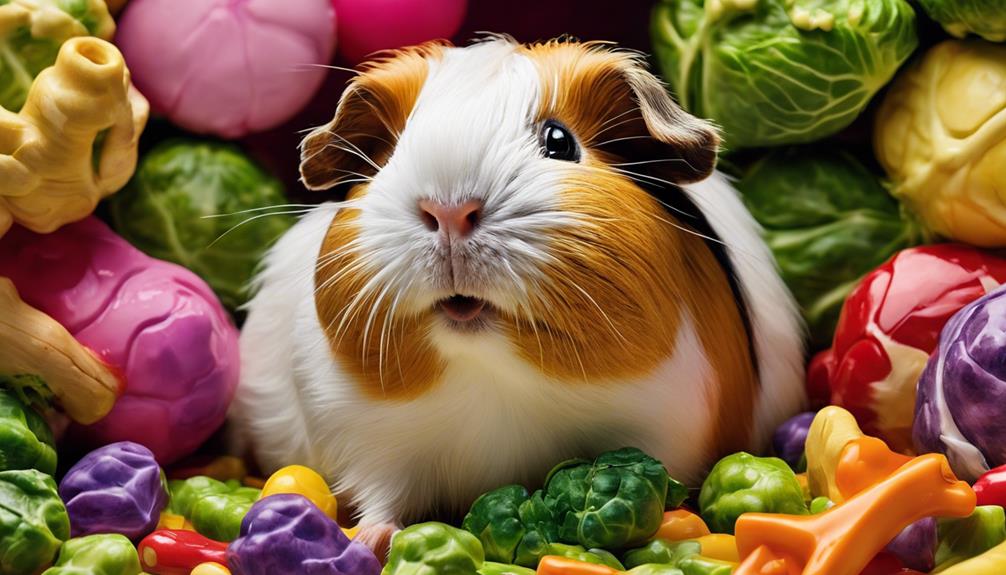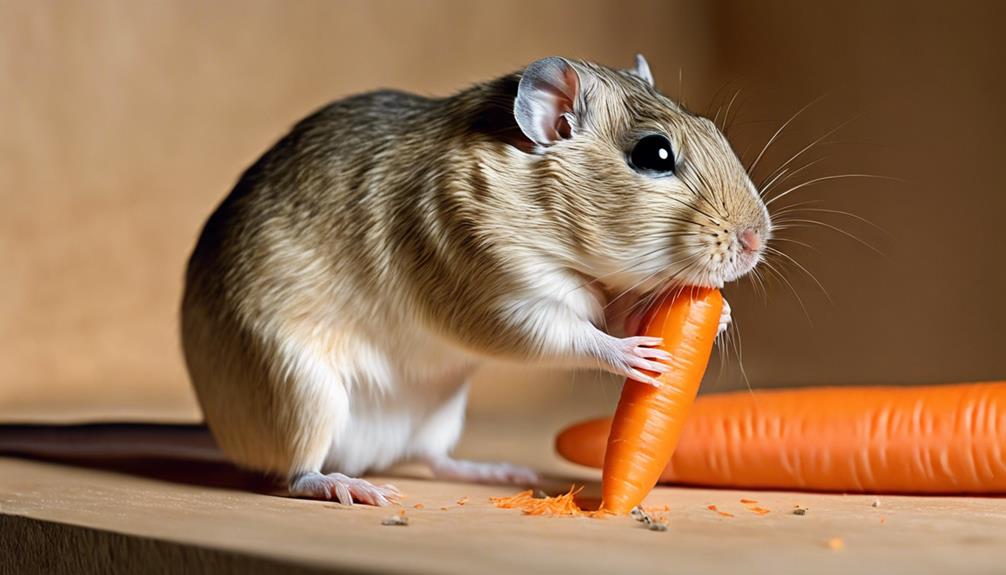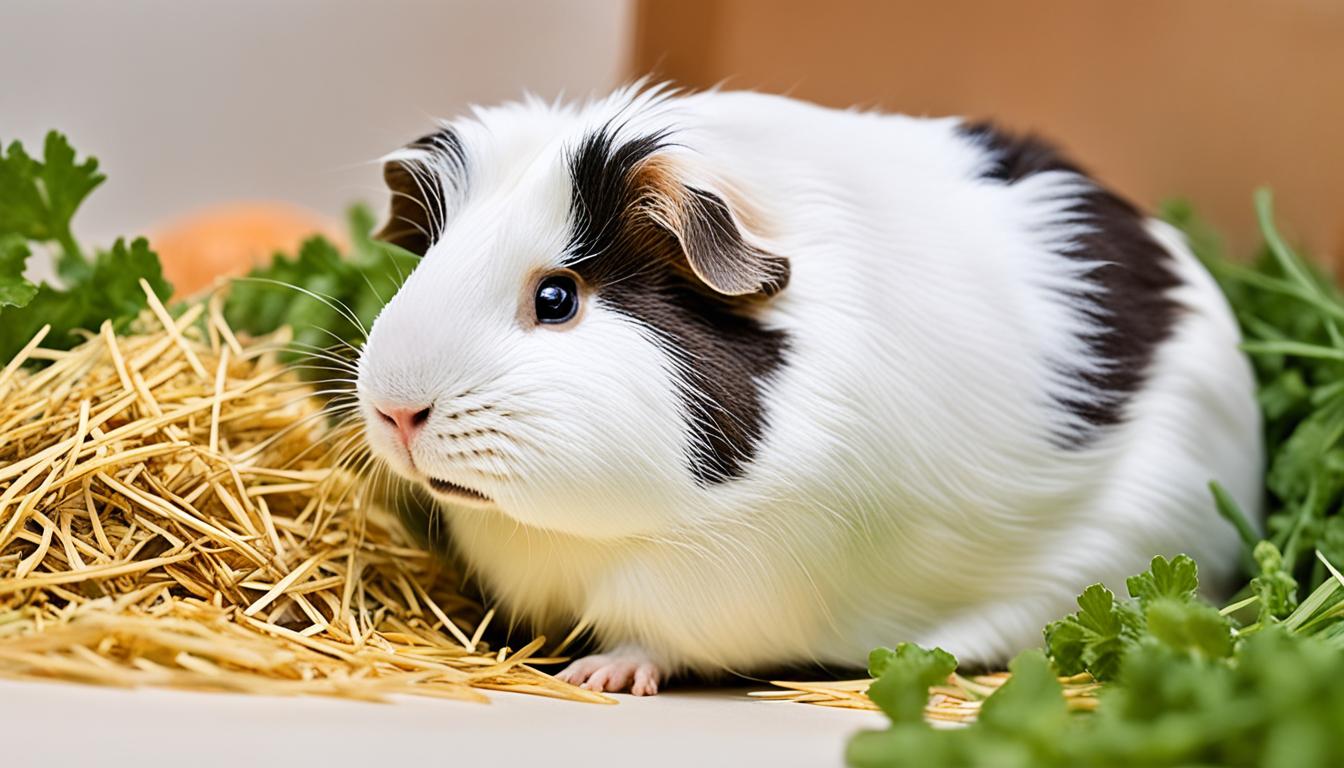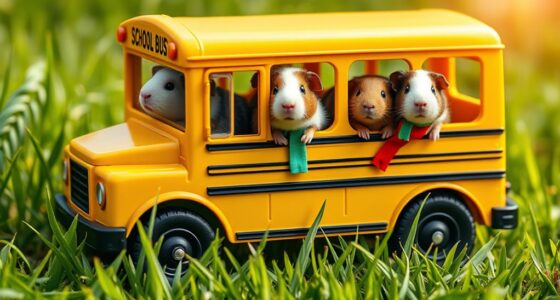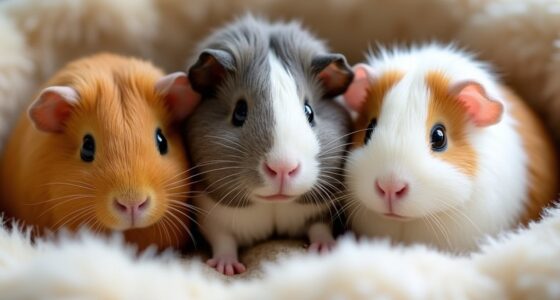When feeding guinea pigs Brussels sprouts, it is important to proceed with caution. They offer essential nutrients like Vitamin C, but excessive amounts can result in diarrhea and bloating. To ensure safety, it is recommended to wash the Brussels sprouts thoroughly, cut them into small pieces, and start with small portions.
You can keep them healthy by monitoring their response, avoiding overfeeding, and watching for any unusual behavior. Remember, a balanced diet is essential for ideal health.
Key Takeaways
- Offer small, washed, and cut pieces to prevent choking and ensure cleanliness.
- Introduce slowly in small amounts to monitor for digestive reactions.
- Limit servings to avoid diarrhea and prevent excess gas formation.
- Watch for any adverse symptoms like bloating, changes in behavior, or allergies.
- Consult a vet if unusual symptoms or reactions occur for proper guidance and care.
Benefits of Brussels Sprouts for Guinea Pigs
Brussels sprouts offer guinea pigs a wealth of essential nutrients important for their well-being and vitality. These miniature cabbages are packed with Vitamin C, a critical nutrient that guinea pigs can't produce on their own. Vitamin C plays an essential role in maintaining their overall health and boosting their immune system, helping them ward off illnesses and infections.
Moreover, the fiber content in Brussels sprouts supports proper digestion in guinea pigs, preventing any gastrointestinal issues. Alongside Vitamin C, Brussels sprouts also provide essential minerals like calcium and phosphorus, which are necessary for maintaining strong bones and teeth in guinea pigs.
Additionally, the antioxidants found in Brussels sprouts help combat free radicals in guinea pigs' bodies, promoting their overall well-being. With their low sugar content, Brussels sprouts can be a healthy and nutritious addition to a guinea pig's diet, ensuring they receive a balanced meal that supports their best health.
Risks of Feeding Brussels Sprouts

When considering the dietary aspects for guinea pigs, it is important to be aware of the potential risks associated with feeding certain foods like Brussels sprouts. These risks stem from factors such as guinea pigs' digestive system, gas-forming properties, and oxalates found in Brussels sprouts.
| Risk Factor | Impact on Guinea Pigs |
|---|---|
| High Vitamin C content | Can lead to diarrhea if overfed |
| Gas-forming properties | May cause bloating and discomfort |
| Choking hazard | Size and shape can pose a risk of choking |
| Oxalates | Interfere with calcium absorption, affecting bone health |
Understanding these risks is vital to ensuring the well-being of your guinea pig. Monitoring their intake of Brussels sprouts and being observant for any signs of digestive issues, bloating, or allergic reactions can help in preventing complications. By being mindful of these risks, you can make informed decisions about incorporating Brussels sprouts into your guinea pig's diet safely.
Proper Preparation of Brussels Sprouts
Properly preparing Brussels sprouts for your guinea pig's consumption is vital to ensure their safety and well-being. Guinea pigs eat Brussels sprouts, but it's important to wash them thoroughly to remove any pesticides or contaminants that could be harmful to your furry friend. Additionally, cutting the Brussels sprouts into small, manageable pieces is essential to prevent choking hazards for guinea pigs, ensuring they can enjoy their snack safely.
When introducing Brussels sprouts into your guinea pig's diet, start with a small amount to monitor for any adverse reactions. By doing so, you can observe how your guinea pig responds to this new food and adjust accordingly. Limiting the serving size of Brussels sprouts is also crucial to prevent digestive issues in guinea pigs, such as bloating or discomfort. Being mindful of these preparation steps can help minimize the risk of health problems like bladder stones, ensuring your guinea pig stays healthy and happy.
Serving Size Guidelines for Guinea Pigs
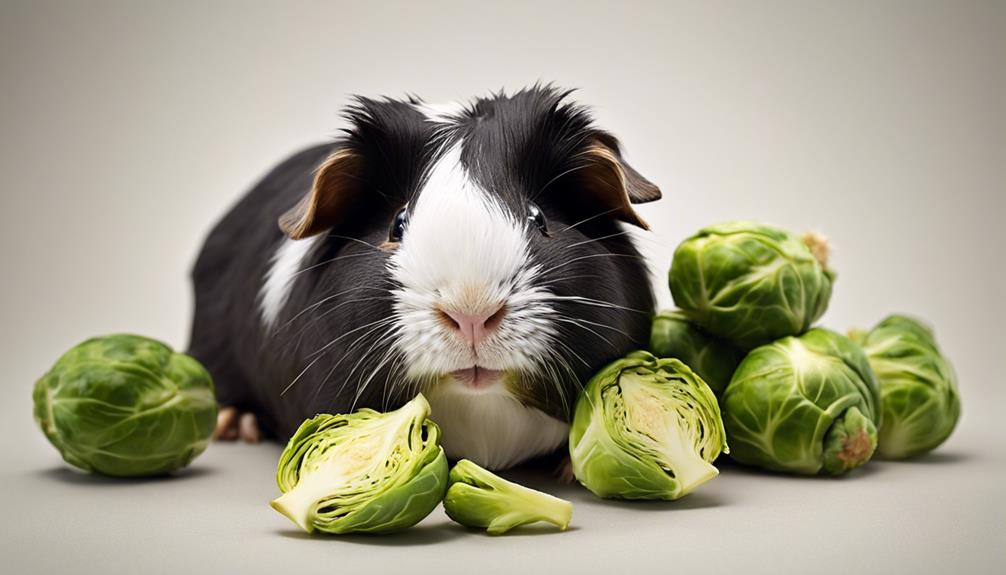
To guarantee the well-being of your guinea pigs, it's important to provide Brussels sprouts in moderation and keep an eye out for any adverse reactions. When serving Brussels sprouts to guinea pigs, it's recommended to offer 3-4 leaves once or twice a week. This serving size helps prevent digestive issues and ensures that your guinea pigs receive a balanced diet. Limiting the amount of Brussels sprouts also helps in avoiding overfeeding high fat-soluble vitamins that may be present in these vegetables. By following these serving size guidelines, you can incorporate Brussels sprouts into your guinea pigs' diet without causing any harm.
Considering the nutritional value of Brussels sprouts, it's essential to monitor your guinea pigs for any negative reactions after introducing this vegetable. Washing Brussels sprouts thoroughly before serving them to your guinea pigs helps remove any pesticides that could be harmful to their health. By adhering to these serving size recommendations and nutritional precautions, you can ensure that your guinea pigs enjoy Brussels sprouts safely and in a healthy manner.
Monitoring Guinea Pig's Response to Brussels Sprouts
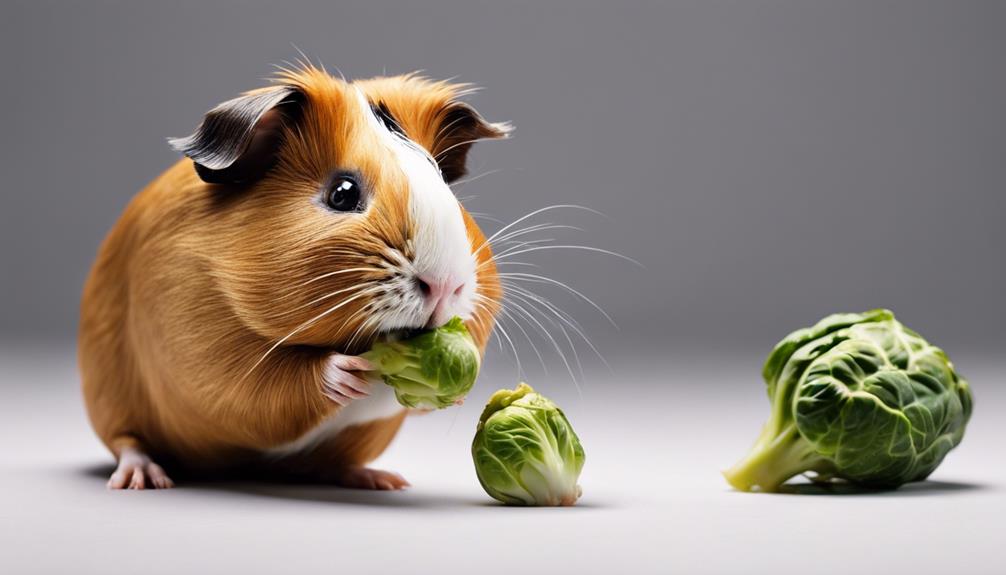
Upon introducing Brussels sprouts to your guinea pig's diet, observe closely for any signs of digestive distress or adverse reactions. It's essential to monitor your pig's well-being when introducing new foods to prevent any potential issues. Here are some key points to keep in mind while monitoring your guinea pig's response to Brussels sprouts:
- Watch for gastrointestinal symptoms: Keep an eye out for diarrhea, bloating, or any signs of discomfort that may indicate digestive issues.
- Monitor feeding habits: Track the amount and frequency of Brussels sprouts consumed to avoid overfeeding, which can lead to digestive upset.
- Observe behavior changes: Note any alterations in your pig's behavior or appetite that could suggest a negative reaction to Brussels sprouts.
- Look out for allergic reactions: Be vigilant for allergic responses such as itching, swelling, or difficulty breathing that may be triggered by Brussels sprouts.
- Consult a veterinarian: Seek professional advice if you notice any unusual or concerning symptoms in your guinea pig after introducing Brussels sprouts to their diet.
Frequently Asked Questions
Are Brussel Sprouts Safe for Pigs?
Brussels sprouts are safe for guinea pigs in moderation. They provide vitamin C and fiber. We recommend introducing them gradually and cutting into small pieces to avoid choking hazards. Overfeeding can lead to digestive issues.
When Should You Not Use Brussel Sprouts?
If your guinea pig experiences digestive issues, bloating, gas, kidney stones, allergies, or adverse reactions after eating Brussels sprouts, avoid feeding them. Consulting a vet before introducing Brussels sprouts is important for guinea pigs with dietary restrictions.
Why Can't Guinea Pigs Have Cooked Vegetables?
We can't give guinea pigs cooked vegetables because heat destroys essential nutrients and fiber important for their health and digestion. Raw veggies maintain enzymes, nutrients, and are easier on their digestive systems.
What Veg Can Guinea Pigs Eat Daily?
We feed our guinea pigs daily with veggies like bell peppers, leafy greens, cucumbers, carrots, and zucchinis. These provide essential nutrients for their health and support digestion. We always monitor them for any issues when introducing new foods.
Is It Safe for Guinea Pigs to Ingest Cardboard Along with Brussels Sprouts?
Guinea pigs can safely chew on cardboard as it helps wear down their teeth. However, it’s essential to monitor their intake. Brussels sprouts are safe for guinea pigs in moderation, as they are high in vitamin C. Be cautious of the amount to prevent digestive issues.
Conclusion
To sum up, guinea pigs can enjoy Brussels sprouts in moderation as part of a balanced diet. Remember, 'everything in moderation' applies to our furry friends too.
By following proper preparation and serving size guidelines, you can guarantee your guinea pig stays healthy and happy. Keep an eye on their response to Brussels sprouts and adjust as needed.
Your guinea pig will thank you for the tasty treat!
